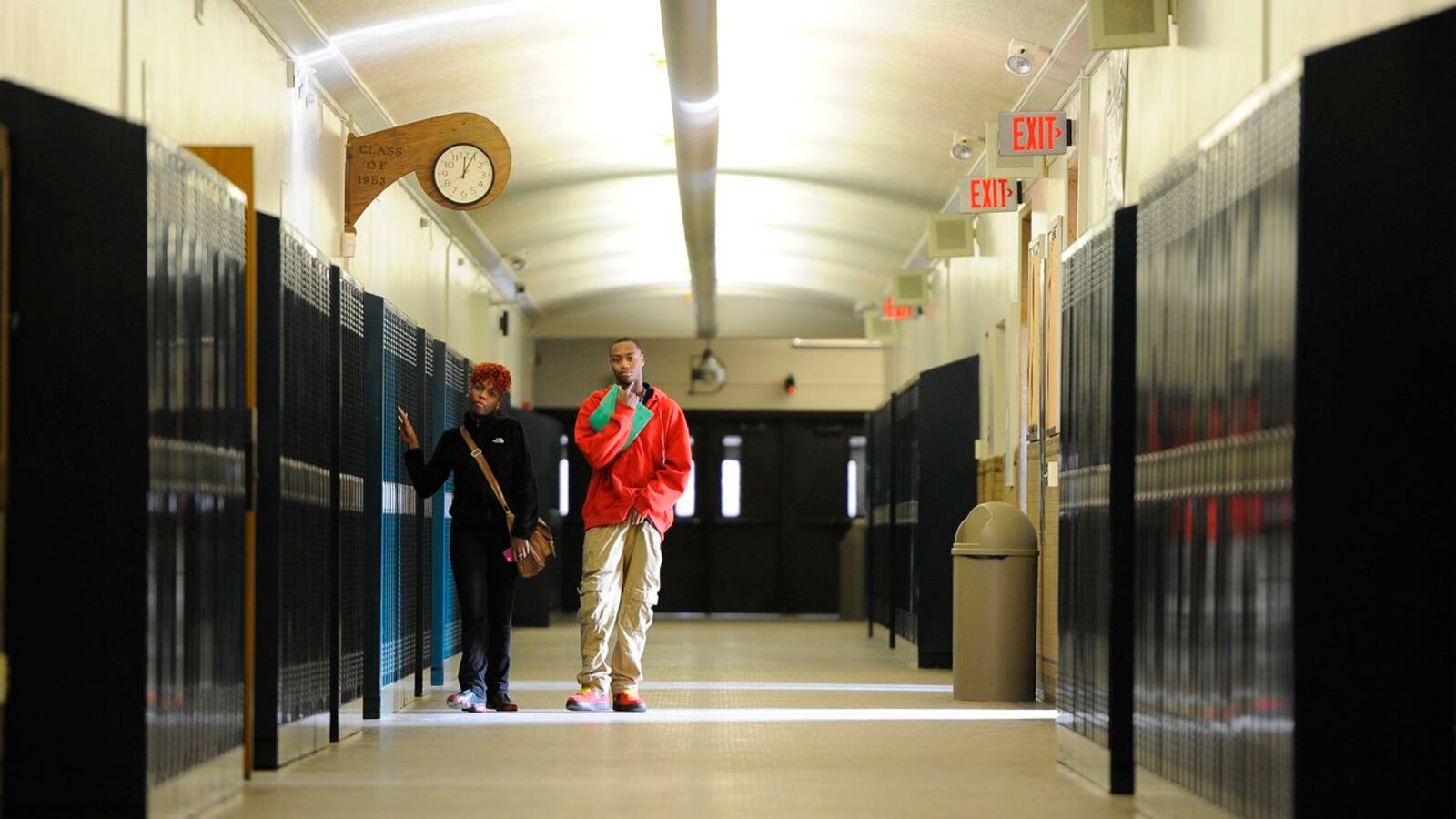This much is certain — Indianapolis Public Schools will be closing high schools. But what precisely the future holds for the district’s secondary students is still uncertain.
The district expects to have more than twice as many high school seats as students by next fall. High school enrollment has been shrinking for decades, but the problem will be even more stark because the administration plans to remove middle school students from high schools.
As Chalkbeat revealed last summer, low enrollment at schools can dramatically push up costs, draining money from classrooms. But closing high schools can put a steep burden on some families, leaving empty buildings where schools once anchored neighborhoods and forcing students to travel further for school.
The district tentatively aims to approve a plan for reconfiguring schools by this fall and to close schools in 2018-2019. A district facilities committee is expected to present recommendations in March.
Here are some of the biggest questions facing district leaders as they plan a new future for high schools:
Should they be neighborhood or magnet schools?
When IPS leaders first started talking about reconfiguring high schools last summer, the administration floated a surprising new idea — converting all of the district high schools to career academies. Modeled on a similar program in Nashville, each school would have one or several areas of focus, such as technology, teaching or the military. Students would choose their high school based on focus area, even if that meant taking a bus across the city.
Last week, however, Superintendent Lewis Ferebee told the board that switching to a system where students could choose any school in the city had practical challenges, including potentially high transportation costs.
If district leaders decide not to switch to career academies, they could eliminate magnet high schools altogether or have a blended approach similar to the current strategy, with some magnet programs and some traditional neighborhood high schools or schools that have both magnet and neighborhood programs.
What high school size is best?
IPS currently has seven high schools, and they vary significantly in size. Crispus Attucks High School can educate 1,375 students, while the Arsenal Technical High School campus has room for 3,000 students. With so many extra buildings, the district has a lot of options when it comes to deciding whether to aim for large or small high schools.
For years, districts across the country experimented with creating smaller high schools, in part as a result of a massive influx of funding from the Bill & Melinda Gates Foundation. But research didn’t show a significant improvement in graduation rates and more recently, the idea has become less popular. Smaller schools also typically have higher administrative overhead.
It can be harder for staff to build strong relationships with students in large high schools. But if the district had larger schools, they could likely offer more specialized and advanced placement courses.
Will the strategy attract and retain students?
The district is faced with the prospect of closing high schools following years of declining enrollment as students leave for charter, private and township districts. That means there are families who might be attracted to IPS if they like the school options.
Over the last decade, IPS high schools lost nearly 40 percent of their enrollment, while elementary schools lost just 13 percent of their students. If the district can retain families from elementary through secondary grades, that will help sustain high schools.
Shortridge High School, for example, is less than a quarter full. But district leaders might decide to keep the school open because it has an International Baccalaureate program that follows the district’s popular Center for Inquiry magnet elementary schools.
How much will it save?
The primary aim of closing high schools is to cut overhead costs, so district leaders will likely take the cost of running each building into consideration when they decide which schools to keep open. In a presentation to the board last week, district staff outlined the monthly operating expenses at each building as well as the cost of transportation. There are other practical considerations as well, such as the year each building was built and whether they need significant maintenance.
IPS High School Enrollment Projections 2017-2018
Create bar charts


